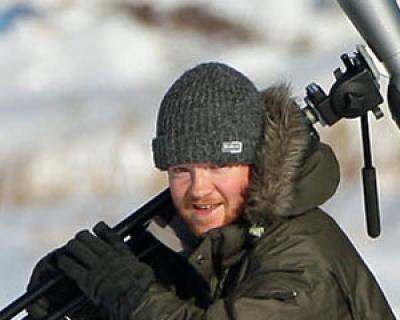Jared Clarke on the conclusion of his Winter Newfoundland tour
Winter is a fun and special time to go birding in Newfoundland and every year a WINGS group braves the cold weather, and I have the pleasure of sharing with them the wonderful birds and beautiful scenery of the eastern Avalon Peninsula.
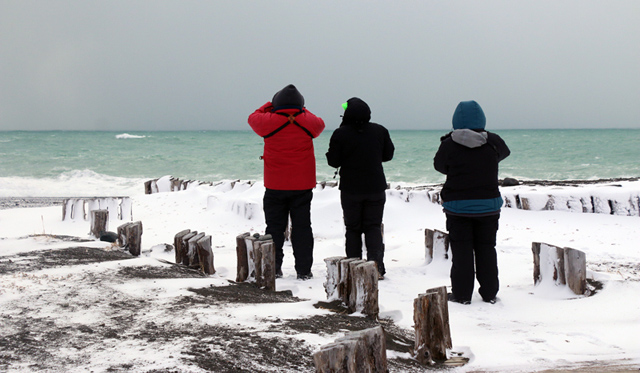
Yes, it's chilly....
The tour is based out of St. John’s, one of the oldest cities in North America and located at its easternmost reaches. A variety of really interesting birds can usually be found around St. John’s during winter, and this year did not disappoint. Among the nine species of gulls found were Black-headed, Lesser Black-backed and European Mew (Common) Gulls, and of course hundreds of Iceland Gulls.
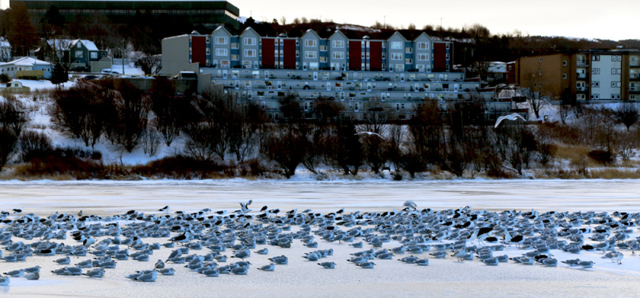
...but there are lots of gulls...
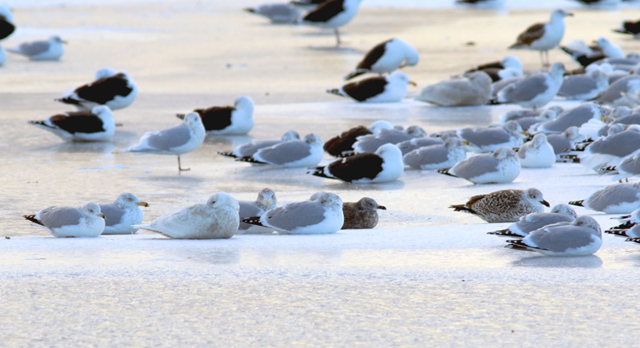
...which give very good views
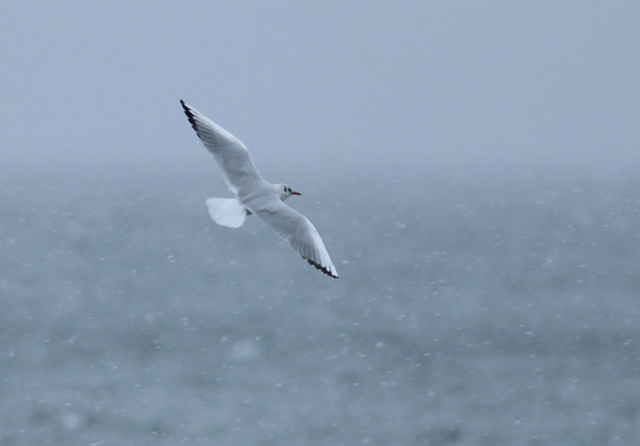
...and include species scarce elsewhere in North America like Black-headed Gull
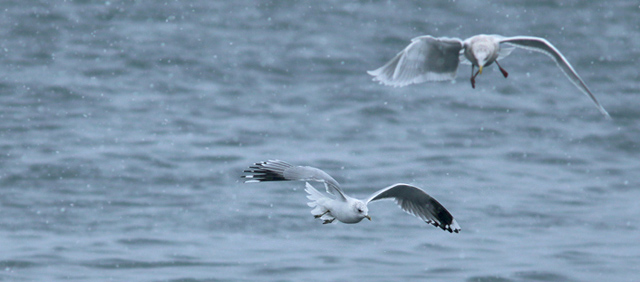
...and Mew Gull of the European subspecies, canus
We had great views of Tufted Ducks, several Eurasian Wigeon and two handsome Eurasian (Common) Teal, all three uncommon to rare in most of winter North America, amid an array of the more expected North American waterfowl.
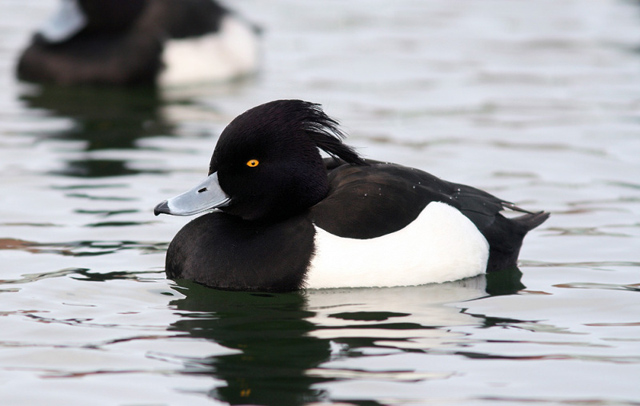
We saw quite a number of Tufted Ducks...
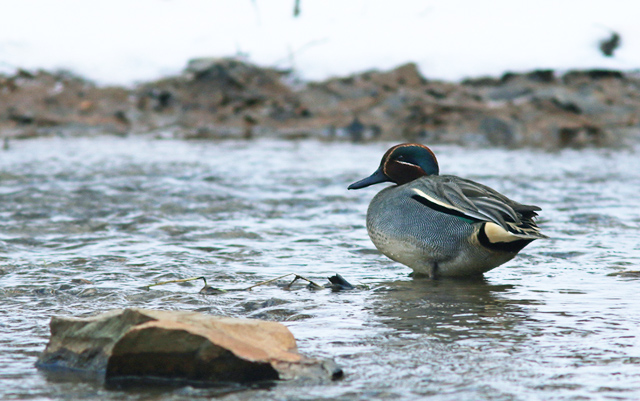
...and two attractive Eurasian Green-winged Teal
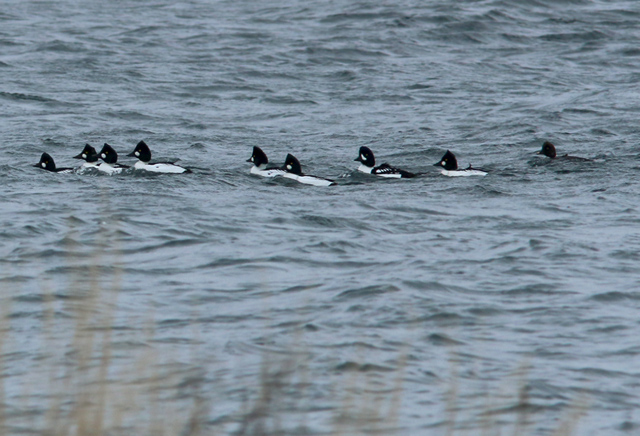
...and a drake Barrow's Goldeneye nestled in a flock of Common Goldeneye.
We traveled outside the city on several occasions. Dovekie is always a key target during this tour and this year they were present in excellent numbers, including a few cooperative birds that lingered just meters away.
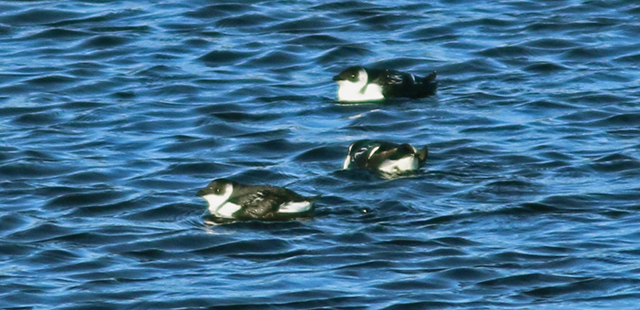
Dovekies were relatively common...
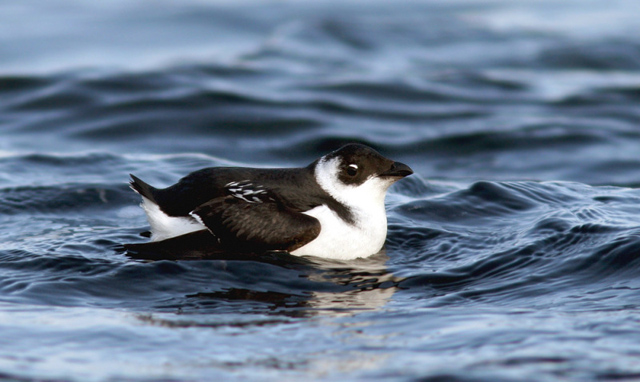
...and a few were very close
We also encountered Black-legged Kittiwakes during strong onshore winds – a species not often seen from shore in winter. Purple Sandpipers and Great Cormorants put in an excellent showing, posing on the coastal rocks. Boreal Chickadees, White-winged Crossbills and Pine Grosbeaks gave us amazing looks, as did at least two Northern Goshawks and a very surprised Willow Ptarmigan.
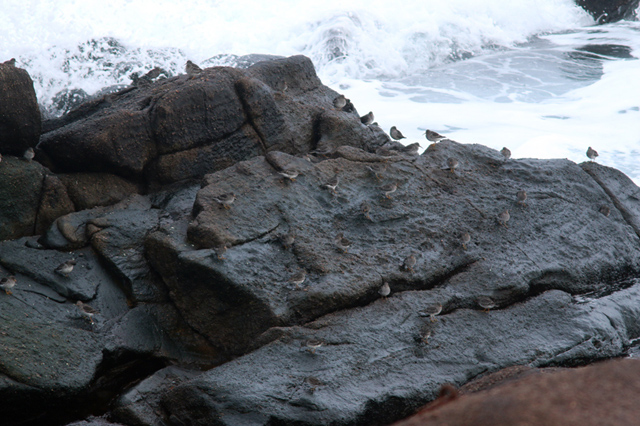
Purple Sandpipers were well distributed...
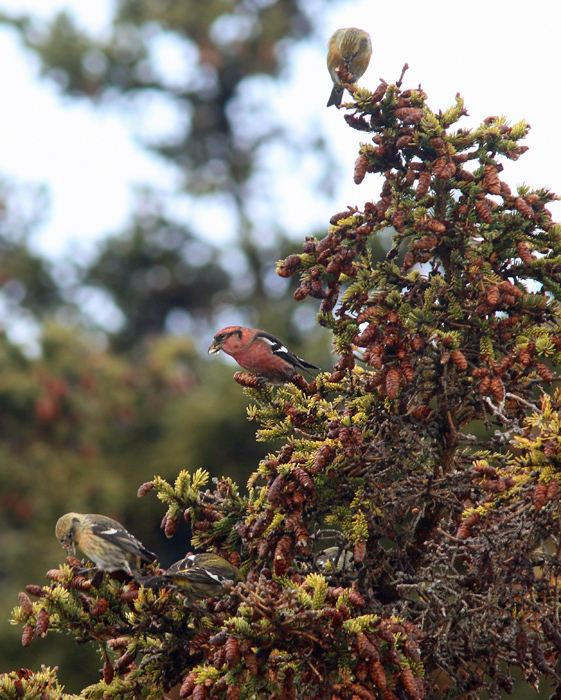
...as were White-winged Crossbills.
It was a fantastic tour with exciting birds, great people, and of course a magnificent setting.
